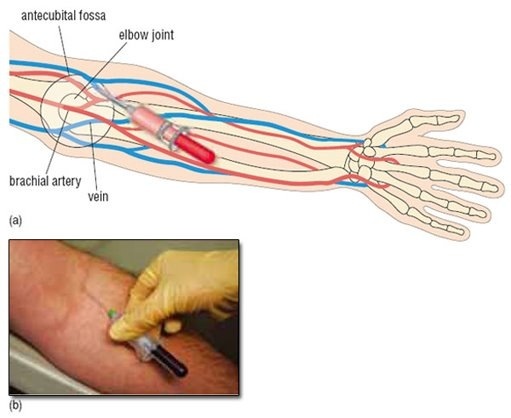 THIS MIGHT SAVE SOMEONE’S LIFE. SO >>S.H.A.R.E<<—> SPREAD!!!
THIS MIGHT SAVE SOMEONE’S LIFE. SO >>S.H.A.R.E<<—> SPREAD!!!
Info: Top 10 FACTS ABOUT STROKE
1) Stroke is the third most common cause of death, after cancer and ischemic heart disease.
3) Stroke has a yearly incidence of 180-300 per 100,000.
4) Its incidence is accelerating in developing countries due to unhealthy lifestyles.
5) 2/3 of stroke victims are above 60 years old.
6) 1/5 of the victims die within a month of its occurrence. Half the survivors become physically deformed.
7) A damage in the left side of the brain may result in paralysis of the right side of the body; a damage on the right side, paralyzes the left side.
8) Hypertension accounts for 30-50% of stroke risk.
9) Patients with diabetes mellitus are 2-3 times more predisposed to stroke.
10) Stroke can occur due to a disruption in blood supply or due to a blood vessel damage.
Stroke Health Tips:
Diabetes and High Blood Pressure – Having diabetes as well as high blood pressure dramatically increases the risk for having a silent stroke, according to the American Stroke Association. This, in turn, can increase the risk for having a regular stroke. People with high blood pressure and diabetes need to control these chronic conditions to reduce their future stroke risk.
Fruits, Vegetables Protect Against Stroke – Eating fruits and green or yellow vegetables daily may protect against stroke. A 48-year study of 120,321 people found almost-daily consumption of green and yellow vegetables reduced the risk for death from stroke by 26 percent in both men and women, compared with those who ate no vegetables more than once a week. Almost-daily fruit intake reduced the risk by 35 percent in men and 25 percent in women. The study was published in 2003 in Stroke: Journal of the American Heart Association.
Potassium and Stroke – Eating foods that contain potassium could reduce your risk for stroke. One study in the journal Stroke found that people who consumed fewer than 2,300 mg of potassium per day had a 50 percent higher stroke risk than those who consumed more than 4,100 mg. Good sources of potassium include baked potatoes with skin, plain yogurt, cantaloupes and honeydew melons, halibut and tuna steaks, grapefruit, orange or prune juice, bananas and molasses.
Smoking Boosts Stroke Risk – Men who smoke increase their risk for bleeding stroke every time they light up, says the American Stroke Association. An 18-year study of more than 20,000 men found that those who smoke more than a pack of cigarettes a day double their stroke risk compared with people who have never smoked or those who’ve kicked their habits.
Stress and Stroke Risk – People who say they are highly stressed have double the risk for fatal stroke as people who say they are stress-free, according to the American Stroke Association. Researchers believe this may be the case because stressed people tend to have more cardiovascular risk factors, including smoking, a sedentary lifestyle, higher alcohol consumption and high blood pressure.



